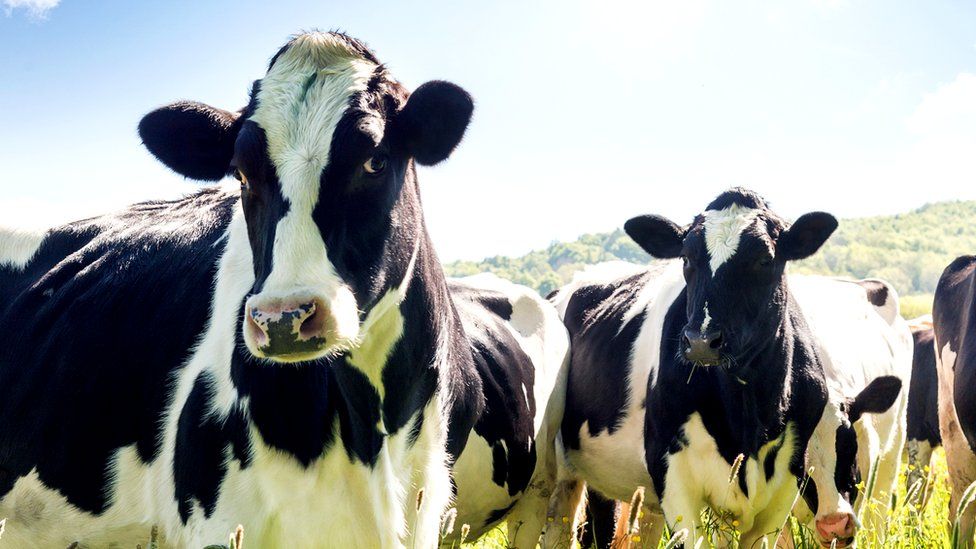
Somalis wait for registration at a camp in Dadaab, Kenya
Kenya received most of the new arrivals – more than 31,400 – with most taken into the Dadaab refugee camp complex. The three camps around Dadaab in eastern Kenya accommodate more than 300,000 Somali refugees.
The majority of the latest group of refugees came from the Bay and Bakol regions of southern and central Somalia, two of the major conflict zones in the country, Ms. Fleming told reporters in Geneva.
“They all spoke of a grim situation inside the country, marked by relentless violence and human rights abuses. Somali refugees told UNHCR teams about forced conscription by some of the warring parties and crippling drought,” she said.
Despite the civil unrest in Yemen and the risks involved, more than 22,000 refugees and migrants from other countries in the Horn of Africa had arrived on Yemeni shores between January and March, according to Ms. Fleming.
Some of the new arrivals told UNHCR officials in Yemen that they were unaware of the political and social upheaval there, while others said they had no option but to flee.
“For these Somali refugees the situation in Yemen was still, by comparison, much safer than the one back home,” said Ms. Fleming.
Somalia has had no fully functioning national government and has been wracked by factional warfare since the collapse in 1991 of the administration led by the late Muhammad Siad Barre.
News Tracker: past stories on this issue

No comments:
Post a Comment